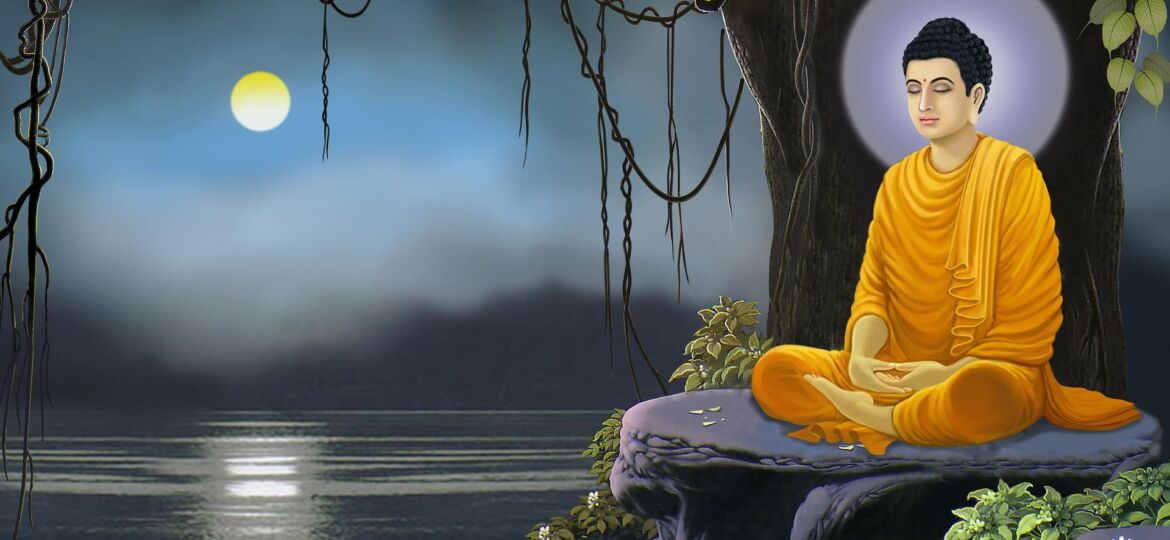
Art and culture have always been deeply intertwined with the spiritual and philosophical beliefs of the societies they represent. Buddhism, one of the world’s major religions, has left an indelible mark on art, culture, and architecture in regions spanning from Asia to the West. In this blog, I will embark on a journey to explore the profound impact of Buddhism on these diverse aspects of human expression, transcending geographical and temporal boundaries.
- Buddhism: A Spiritual Beacon:
- Buddhism, founded by Siddhartha Gautama in the 6th century BCE, preaches fundamental principles such as compassion, mindfulness, and the pursuit of enlightenment. These principles have significantly shaped the art and culture of regions where Buddhism took root.
- The Evolution of Buddhist Art:
- Buddhist art, with its deep symbolism and spiritual resonance, has been a major source of artistic inspiration. From the intricate cave paintings of Ajanta in India to the serene statues of Borobudur in Indonesia, Buddhist art has manifested in various forms. Explore the evolution of Buddhist art and its aesthetic significance.
- Buddhist Iconography:
- One of the most distinctive aspects of Buddhist art is its rich iconography. From the lotus flower to the Dharma wheel, every symbol holds deep spiritual meaning. Understanding these symbols can provide a unique perspective on Buddhist art and its cultural implications.
- Architectural Marvels:
- Buddhism’s influence on architecture can be seen in the construction of stupas, pagodas, and monasteries. The structural designs often reflect the spiritual journey of Buddhists and offer a sense of tranquility and contemplation to visitors. Discover some of the most remarkable architectural marvels across the Buddhist world.
- Spread of Buddhism and Cultural Exchange:
- Buddhism’s journey from India to other parts of Asia and eventually the Western world led to an enriching cultural exchange. The Silk Road played a vital role in the transmission of art, culture, and knowledge. Explore how Buddhist ideas and art were embraced and adapted in different regions.
- The Role of Buddhism in Contemporary Art:
- Buddhism continues to inspire contemporary artists. From thangka paintings to modern sculptures, artists draw from Buddhist principles and imagery to create thought-provoking works. I’ll delve into the influence of Buddhism on the art scene today.
- Cultural Celebrations and Festivals:
- Buddhist festivals like Vesak, Songkran, and Loi Krathong are celebrated with great fervor in many countries. These events showcase the vibrant cultural traditions and artistic expressions that have grown around Buddhism.
- Buddhism and Mindfulness:
- Buddhism’s emphasis on mindfulness and meditation has resonated with people worldwide. The practice of mindfulness has made its way into various cultural spheres, including psychology, wellness, and even corporate culture.
Conclusion:
The influence of Buddhism on art, culture, and architecture is a testament to the enduring power of its philosophy. This spiritual tradition has transcended borders and centuries to inspire a wide array of artistic expressions and cultural practices. Exploring the deep connection between Buddhism and human creativity enriches our understanding of the profound impact this ancient religion continues to have on our world. Whether you’re an art enthusiast, a history buff, or simply curious about the crossroads of spirituality and creativity, the Buddhist influence is a fascinating journey well worth embarking upon.
Ajay Rathod
Hi!! I am Ajay, and I’m a passionate blogger who loves to write about a variety of topics. I’m always eager to explore new ideas and share my thoughts with others.